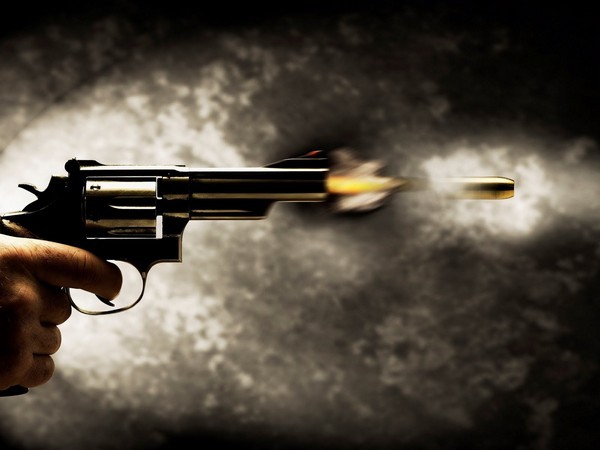Shooting mishaps prepare students over tackling shooters in U.S.

- Country:
- United States
In two U.S. school shootings within eight days, students have attempted to tackle the shooters, sometimes at the cost of their own lives, drawing praise for reducing the bloodshed by taking a step that experts agree should only be a last resort.
At the University of North Carolina at Charlotte last week, Riley Howell, 21, was killed as he challenged a gunman in his classroom after school officials sent out an emergency alert with a mantra disseminated by U.S. law enforcement: "Run, Hide, Fight." The three-pronged approach has been endorsed by the U.S. Department of Homeland Security since at least 2012 as part of a public safety campaign, and has been adopted by many workplaces and colleges, including Cornell and Tennessee State universities, as their standard response to on-site shooters.
It is less common in high schools. But that did not stop several students from charging the shooters who opened fire the Science, Technology, Engineering and Math School near Denver on Tuesday, according to witnesses. Kendrick Ray Castillo, 18, the only person killed, was among those rushing the shooters, preventing further loss of life. Eight people were wounded. That school is part of the Douglas County School District, which has adopted what is known as the Standard Response Protocol for shooters and other emergencies, according to its website. The protocol calls for the school to go into lockdown by locking classroom doors, turning out lights and keeping students quiet.
Both approaches have their risks - an inevitability when confronting a life-or-death situation. "If you're in a high school cafeteria and someone starts shooting, you don't have the ability to hide or lock out at that point," said Gary Sigrist, a school security consultant with Safeguard Risk Solutions. "So you teach people, here's what you can do in an event. That includes, if you choose, going after the attacker."
In Monday's Colorado shooting, one of the shooters was already in a classroom when he pulled out his handgun. Brendan Bialy, a student enrolled in the Marine Corps Delayed Entry Program, was among the students who rushed the shooter and survived. Chris Dorn, an analyst at the security consultancy Safe Havens International, noted similarities between Bialy and Howell, who was described as a muscular athlete by friends and family and was a member of the U.S. Army Reserve Officer Training Corps program.
"The risk of all this is that while it's good to highlight heroic actions it can be dangerous to give the impression that this is what all school staff should do," Dorn said. "Every school has those types of people and we want schools to leverage them but it's kind of dangerous to apply those concepts to the whole population." Dorn advises against "Run, Hide, Fight" approaches for safety programs at high schools. A typical high school, with its warrens of small, lockable classrooms and a stable regular population that can practice drills, is suited to lockdowns.
The value of "Run, Hide, Fight" is greater during shootings in public settings like shopping malls, plazas or certain college campuses, Dorn said. The official DHS guidance is to run if possible; quietly hide, ideally in a place that can be locked, if fleeing is not possible; and, fight only as "an absolute last resort."
"Commit to your actions and act as aggressively as possibly against the shooter," the DHS guidance reads, urging to get others to help ambush the shooter with chairs, fire extinguishers, scissors or other improvised weapons. "Be prepared to cause severe or lethal injury to the shooter."
(With inputs from agencies.)
- READ MORE ON:
- Summer school
- Grading in education
- Part-time contract
- United States Senate
- Lawful permanent residents
- Diversity Immigrant Visa
- New South Wales
- Business letter
- Head teacher
- students
- shooters
- Riley Howell
- classroom
- experts
- gunman
- law enforcement
- US
- Chris Dorn
- school
- University of North Carolina
ALSO READ
Students should be in school instead of protesting
Peon held for sexual assault on 7-year-old girl on school premises in Mumbai
British PM Rishi Sunak unveils GBP 35 million investment in grassroots cricket to widen participation in schools
India's top court puts order banning Islamic schools on hold
HC extends protection to school management over case relating to PM's Coimbatore roadshow










